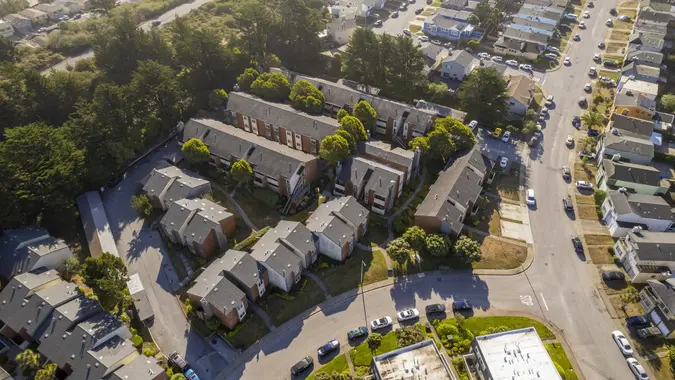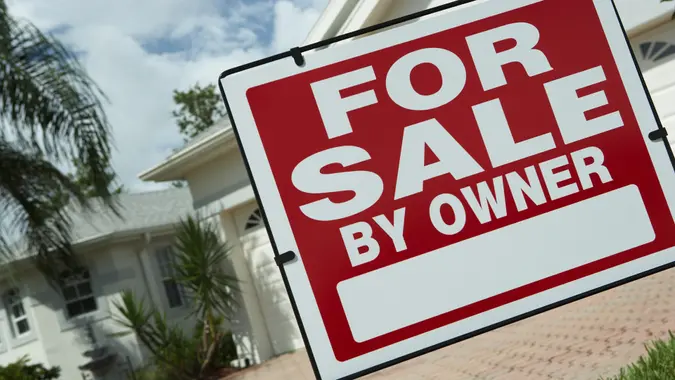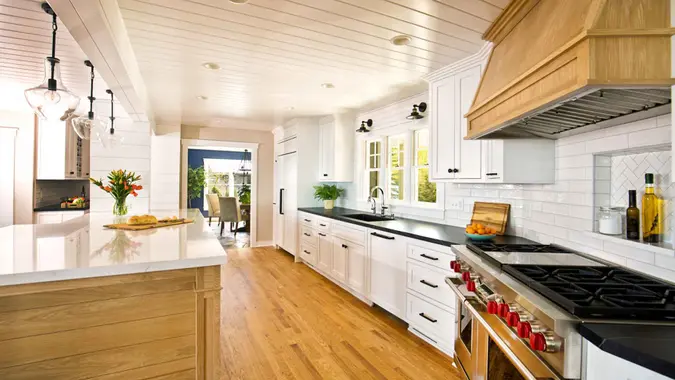These 10 Big Cities Are Building the Most Multifamily Housing Units — Will It Drive Down Rental Prices?

Commitment to Our Readers
GOBankingRates' editorial team is committed to bringing you unbiased reviews and information. We use data-driven methodologies to evaluate financial products and services - our reviews and ratings are not influenced by advertisers. You can read more about our editorial guidelines and our products and services review methodology.

20 Years
Helping You Live Richer

Reviewed
by Experts

Trusted by
Millions of Readers
You’ve probably seen the recent headlines about problems in housing markets across the United States. Perhaps you’ve heard about the shortage — the U.S. needs more than 1.5 million additional homes to relieve our housing shortage, according to Realtor.com and Freddie Mac.
If you’re looking for a good sign, there’s been an uptick in planned multifamily home constructions. The shift came during and since the pandemic.
According to Construction Coverage, the number of new multifamily units authorized held steady for several years before the pandemic, while multifamily units as a share of total new units saw a slow decline. This has been changing in the past couple of years.
Here are the top ten big cities in the U.S. for multifamily housing, along with their share of new housing units authorized in multifamily structures.
- New York-Newark-Jersey City – 79.3%
- Seattle – 73.6%
- Boston – 72.4%
- San Francisco – 69.9%
- Hartford – 66.9%
- Los Angeles – 65.6%
- Miami – 65.2%
- Washington, D.C. – 64%
- San Diego – 62.4%
- Minneapolis – 61.6%
You may notice that areas and states with good existingamounts of multifamily housing, such as New York and Massachusetts, saw high upticks in authorizations. Here’s another trend: a surge in regions like the Midwest and West. They have traditionally seen lower concentrations of multifamily housing.
You may be wondering if this trend will help drive down rent prices. After all, according to Construction Coverage, “Multi-family housing increases the density and availability of housing units in urban and suburban locations, and it is more efficient and cost-effective to develop than single-family stock.”
With many things in business and economics, the rules of supply and demand offer that higher supplies and lower demand will lower prices. It appears the rules apply to housing.
According to Bloomberg, “Building more can slow rent growth in cities and free up more affordable vacant units in surrounding neighborhoods, without causing significant displacement.”
 Written by
Written by  Edited by
Edited by 

























